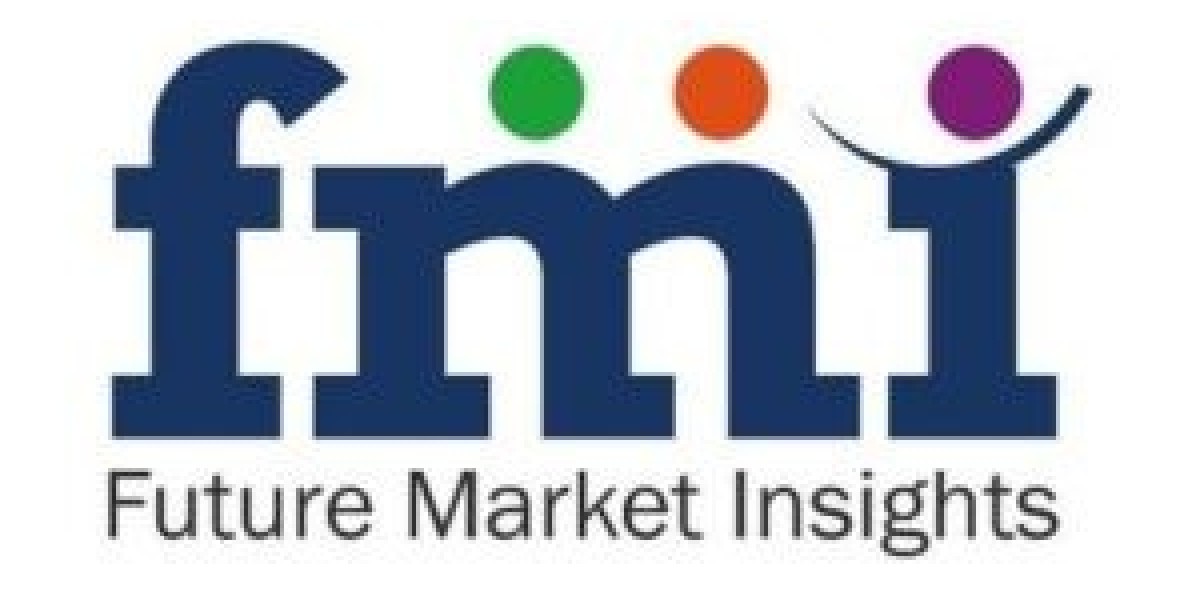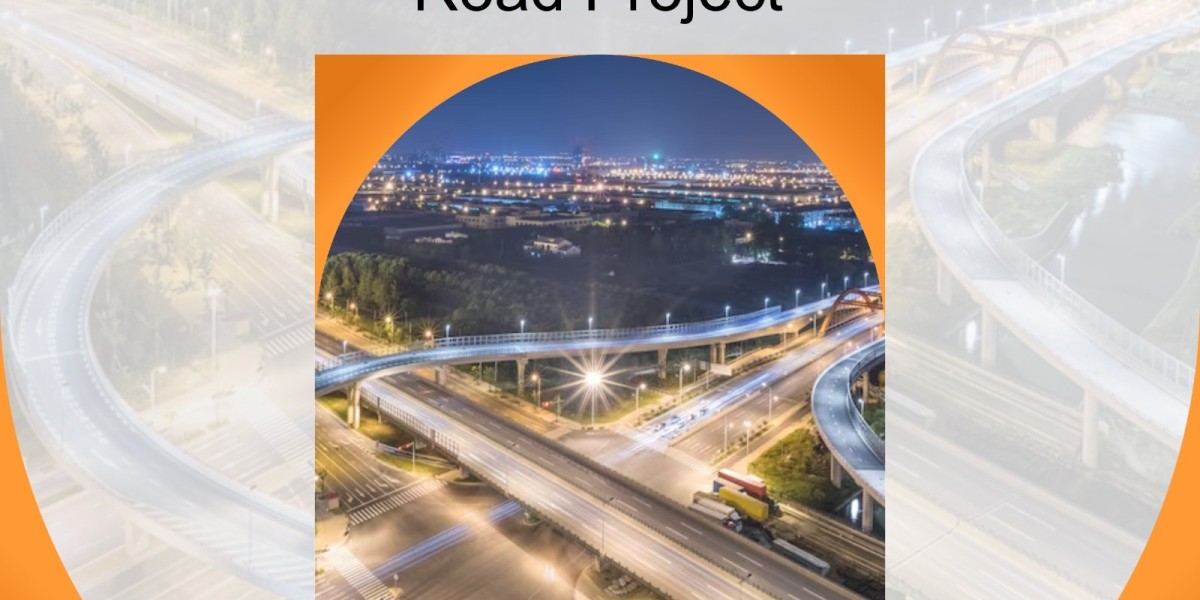The radar market is worth approximately US$ 35,064.5 million in 2023. Over the next decade, it is projected to expand significantly, with an estimated market size of US$ 97,195.2 million by 2033. This growth will be driven by a compound annual growth rate (CAGR) of 10.7%, indicating a steady increase in radar market revenue in the years ahead.
Many industrial and commercial applications use radar technology. For example, radar is used for preventing collisions in automobiles, ground-penetrating radar is used for surveying and construction, and maritime radar serves as a navigation tool. Airborne radar platforms can be in high demand because of geopolitical tensions and conflicts.
Request for a Sample of this Research Report:
https://www.futuremarketinsights.com/reports/sample/rep-gb-267
Systems that use RADAR can calculate the velocity of objects in motion. With the help of RADAR systems, radio signals can cover large geographic areas at once. Many industries across the economic spectrum can benefit from RADAR data.
Due to the radar’s ability to function behind opaque surfaces, it also provides OEMs with significant packaging flexibility. The dielectric constant and the surface roughness of the soil can also be measured by radar to estimate soil moisture and water stress levels. As a result of analyzing the reflectivity and structure of the crops, radar is also capable of detecting pests and diseases.
Radar technology and innovations in agriculture are looking bright, driven by research and development that improves their efficiency, functionality, and affordability. Providing autonomous vehicles with safe navigation is impossible without radar sensors. With the deployment of AVs increasing, there will be an increasing demand for advanced radars that are more accurate, longer range, and better at detecting and classifying cyclists and pedestrians.
Satellites are equipped with radar technology for observing the Earth and exploring the planets. In the near future, radar instruments will be able to map and study celestial bodies in greater detail, and monitor the climate on Earth as it changes.
Emerging consumer electronics trends include gesture recognition based on radar and monitoring vital signs. Mobile devices, such as smartphones, smartwatches, and health monitors, could benefit from further innovation in health monitoring and touchless interfaces.
Radar Market Trends and Highlights:
The radar sensor is one of the key technologies rapidly evolving in the market. Automotive radar systems are experiencing a significant amount of growth.
Vehicles are increasingly integrating radar sensors for advanced driver assistance systems (ADAS) and autonomous driving. Safety and autonomy are driving forces behind its development. As well as measuring car speeds on the road, radars are commonly used to measure tennis ball speeds.
Key Takeaways from the Radar Market Report:
The Middle East & Africa Data Storage Market Report highlights several key trends in the global radar market. The United Kingdom is projected to experience a significant compound annual growth rate (CAGR) of 10.1% until 2033. Within the platform segments, the airborne sector is anticipated to capture 27.6% of the market share during this period. Japan is expected to see a growth rate of 4.3% by 2033, while the medium-range segment is forecasted to account for 40.5% of the market. Additionally, South Korea's radar market is projected to expand at a CAGR of 2.1% by 2033.
Leading Key Players:
The radar market is dominated by several key players, each contributing significant advancements and capabilities to the industry. BAE Systems, Lockheed Martin Corporation, and Northrop Grumman Corporation are at the forefront, known for their cutting-edge radar technologies used in both military and civilian applications. Saab AB and Thales Group also play pivotal roles, offering innovative solutions that enhance surveillance and defense mechanisms. General Dynamics Corporation and Harris Corporation are noted for their specialized radar systems, while SRC Inc. provides unique sensor and radar products. Honeywell International Inc. and Leonardo S.p.A contribute through their advanced avionics and integrated systems, and Rockwell Collins Inc. is renowned for its robust radar technologies tailored for aviation and aerospace sectors. These companies collectively drive the radar market forward, continuously evolving to meet modern demands and technological advancements.
Market Developments Include:
In May 2023, Bharat Electronics Limited (BEL) and Thales signed a contract to supply Indian Navy surface ships with multifunction radar systems.
In April 2023, Northrop Grumman introduced its Digital Affordable Sensor System (DASS), an airborne reconnaissance and surveillance radar system.



